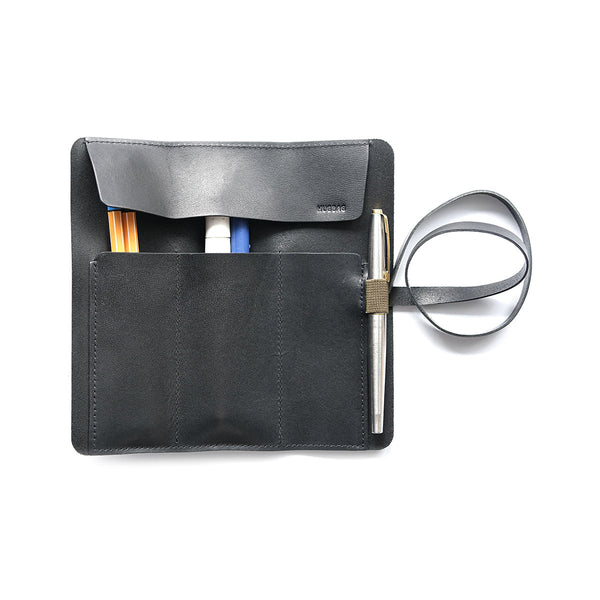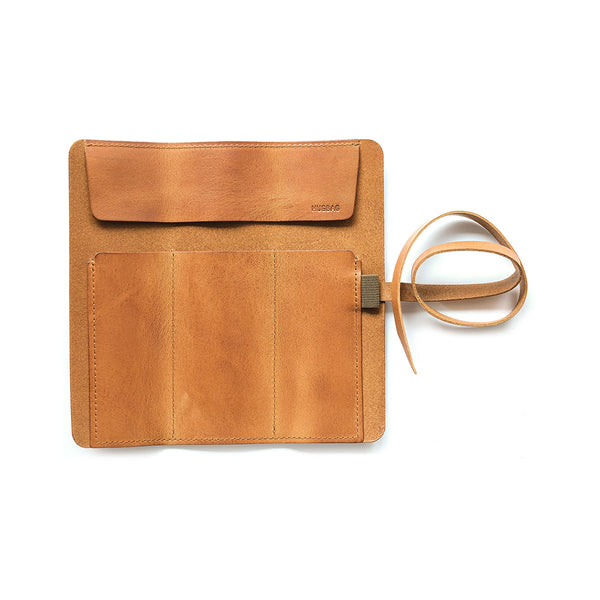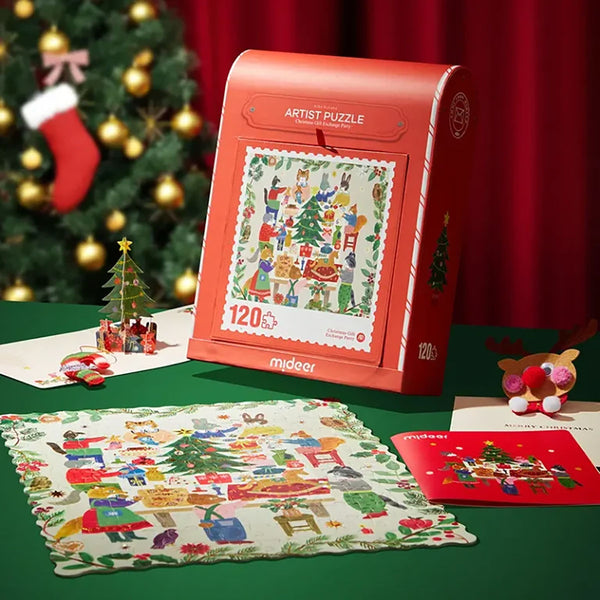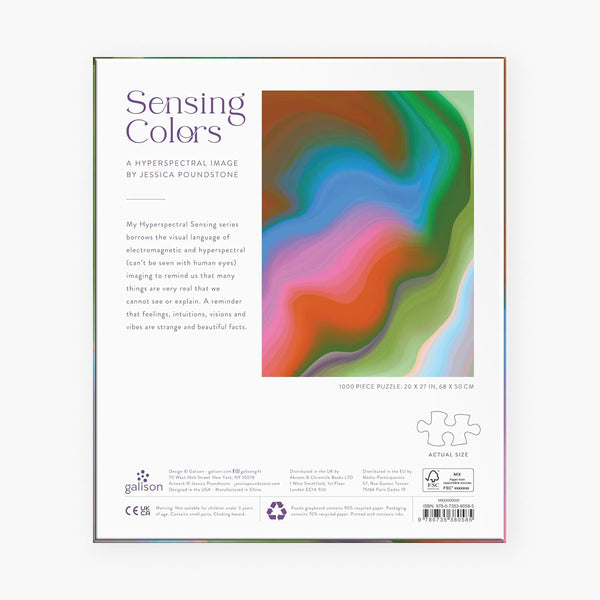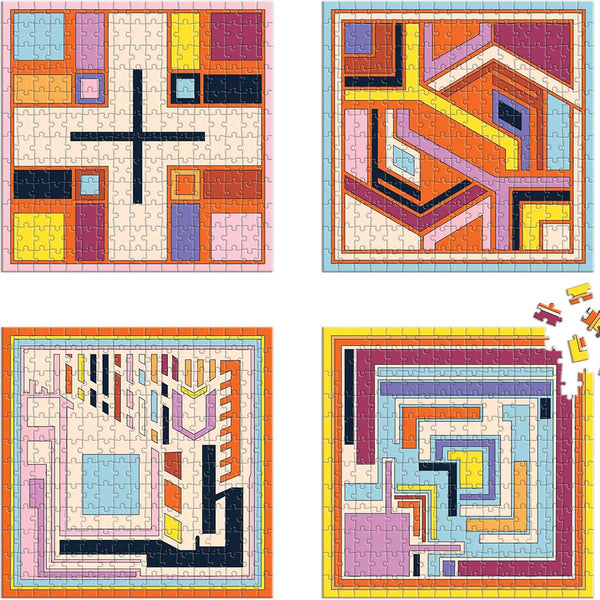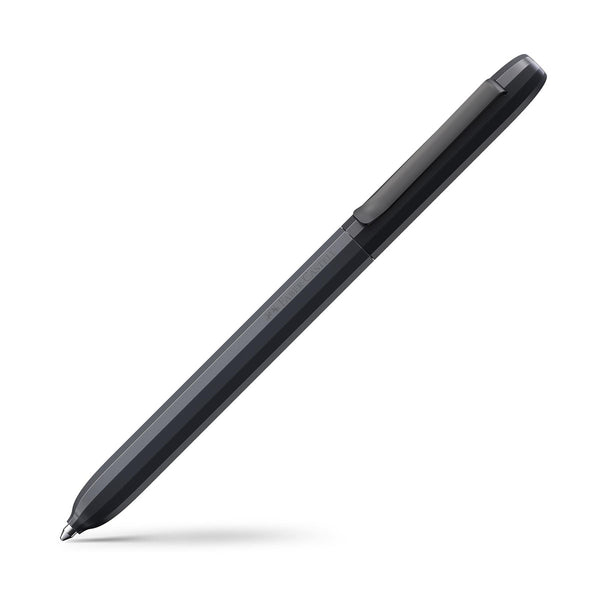Properties of paper in our notebooks
Finding the perfect paper for our notebooks and planners took some time. The search was thrilling, yet the process required sifting through a massive amount of samples, conducting numerous tests, and ultimately making some tough decisions. Was it worth it? Absolutely! Today, we delve into the mysterious properties of our paper and try to explain why you keep coming back for our notebooks.
In a nutshell, the paper used in our products can be described in a few words: wood-free, uncoated, in a warm white hue, with a smooth finish, weighing 100 gsm, and FSC certified. But what exactly do these terms mean? Let’s clarify!
 Wood-Free – Durable and Eco-Friendly
Wood-Free – Durable and Eco-Friendly
Every paper has a lifespan. Wood-based papers age faster because they contain lignin, which naturally gives wood its stiffness and flexibility, but its presence in paper weakens its structure and causes yellowing. For this reason, our products use wood-free paper, which is chemically stripped of lignified structures. Wood-free paper is more durable and has a longer lifespan – it won’t age or yellow even over hundreds of years. Moreover, it's significantly more eco-friendly as it reduces the need for deforestation and impacts energy consumption and waste management positively.
Uncoated – Natural for the Environment, Pleasant for the Senses
Each sheet of paper, with its microscopic hills and valleys, somewhat resembles the topography of natural terrain. In our paper collections, you’ll find uncoated paper, free from additional chemical substances, artificial coatings, or impregnations. This preserves its natural texture and porosity, providing analog writing enthusiasts with a pleasant sensory experience. Uncoated paper doesn’t reflect light, is wonderfully matte, and warm to the touch. It absorbs ink well, so you don’t have to worry about blotching. Bonus: paper without additional coatings is more eco-friendly as it's much easier to recycle.
 Smooth Finish – Perfect for Fountain Pens
Smooth Finish – Perfect for Fountain Pens
Warm White – A Gentle Background for Daily Entries
A crucial feature of paper is its “whiteness,” which determines how well the paper absorbs and reflects light. In our notebooks, paper in a warm white shade predominates. Unlike crystal white, it’s subtler to the eye and ensures that working with it doesn’t tire you, even during long sessions of writing or reading. Reduced glare and contrast between the ink and the page also enhance text readability. We chose the shade of warm white because it's user-friendly and provides an ideal background for all kinds of entries.
 100 gsm Weight – A Well-Balanced Compromise
100 gsm Weight – A Well-Balanced Compromise
What exactly does "gsm" mean? Some people think it refers to thickness or volume, but it actually indicates the weight of a given paper sheet per square meter. The higher the weight, the heavier and usually less transparent the paper. A weight of 100 gsm is an excellent compromise between lightness and durability. Such paper is typically compact enough to prevent ink from bleeding through, yet light enough that it doesn’t significantly increase the weight of the notebooks.
FSC Certification – Responsible Forest Management
Paper with an FSC (Forest Stewardship Council) certification guarantees that the raw materials used in its production come from forests that are ecologically balanced, socially just, and economically viable. This certification assures us that the production of paper does not contribute to illegal logging, irresponsible forest management, or the violation of workers' rights or local communities. By choosing products with an FSC certificate, we contribute to the protection of global natural resources.
 When designing our paper collections, we pay attention to every detail, however small, but it’s the paper that plays the leading role. For us, it's not just a backdrop for words but an active participant in the creative process that gives birth to new ideas.
When designing our paper collections, we pay attention to every detail, however small, but it’s the paper that plays the leading role. For us, it's not just a backdrop for words but an active participant in the creative process that gives birth to new ideas.
Author: Lena Pilarczyk
Images: Magdalena Konik-Machulska, Bartosz Wajer, @la_glina
